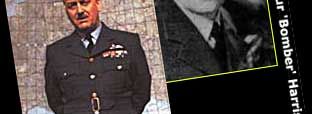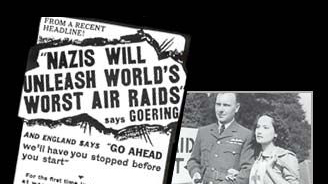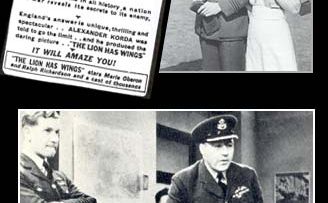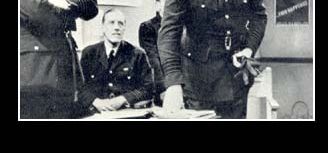





As we have seen, RAF crews found accurate bombing at night extremely difficult, and the Air Ministry were forced to consider an alternative strategy. Given the failure to achieve accuracy, it fell back on the doctrine first stated at the end of the First World War, that the most effective target for air bombardment was the enemy's civilian population and their will to continue fighting. On 30 October 1940, the Cabinet agreed with this assessment: but it was not until after the German Blitz on Coventry in November 1940 that RAF bombers were directed to aim at the centre of enemy cities. The first of these new style attacks was against Mannheim on 16 December, but again was relatively ineffective owing to so many crews bombing wide. However, as the offensive continued, new navigational aids, new heavier bombers and new techniques such as the creation of the Pathfinders - experienced crews sent ahead to locate and mark the target with flares - ensured target destruction became enormous. Thus, while Target for Tonight was in production and later demonstrating to cinema audiences the effectiveness of precision bombing against specific military and strategic targets, the RAF had in fact already accepted that precise targeting was impossible and had moved on to indiscriminate bombing to crush German home front morale. 'Area bombing', as these raids were called, was extended in 1942 under Bomber Command's new chief, Sir Arthur 'Bomber' Harris. Harris brought a new commitment to the bombers war, and it was Harris who masterminded the 'thousand bomber raids', the first against Cologne, which systematically reduced German cities to rubble.
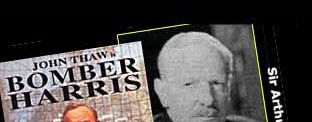
Only one film made direct reference to this change in tactics, Alexander Korda's little remembered 1943 documentary The Biter Bit. This briefly examined the effects of aerial bombardment on civilians, but justified such attacks as one means of shortening the war. A similar view was taken in a more recent BBC Television film, Bomber Harris (1989) which, despite references to the moral dilemma, justified area bombing on the grounds that it appeared, at least to the government and air force command at the time, the only way to win the war. Area bombing also satisfied the desire for revenge of those who had suffered under German bombs during the Blitz; and many agreed with Harris's oft-repeated dictum, 'the Germans have sown the wind, now they will reap the whirlwind'.
